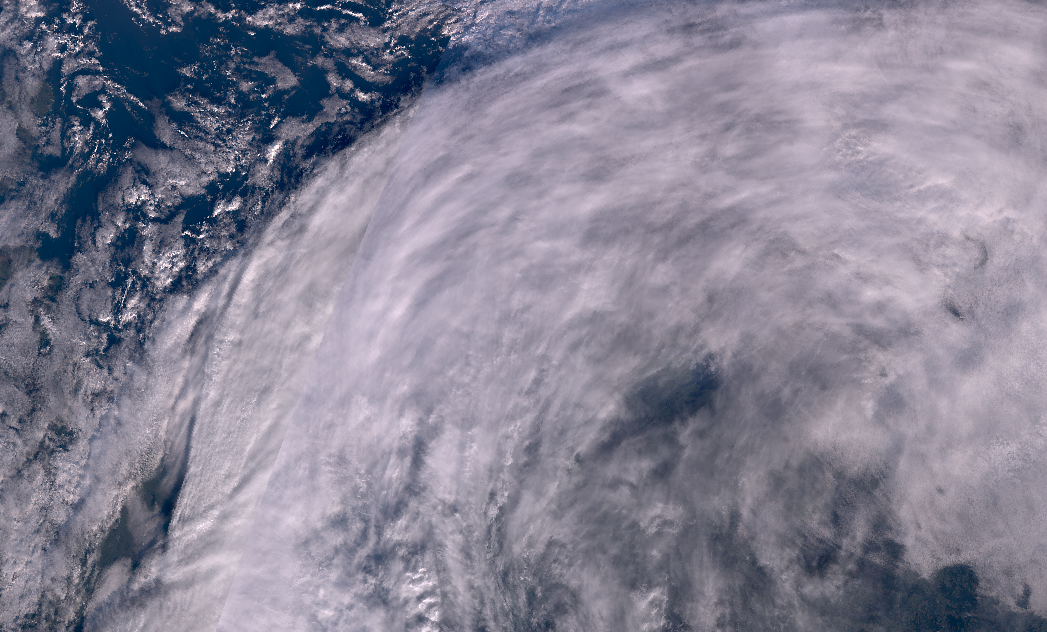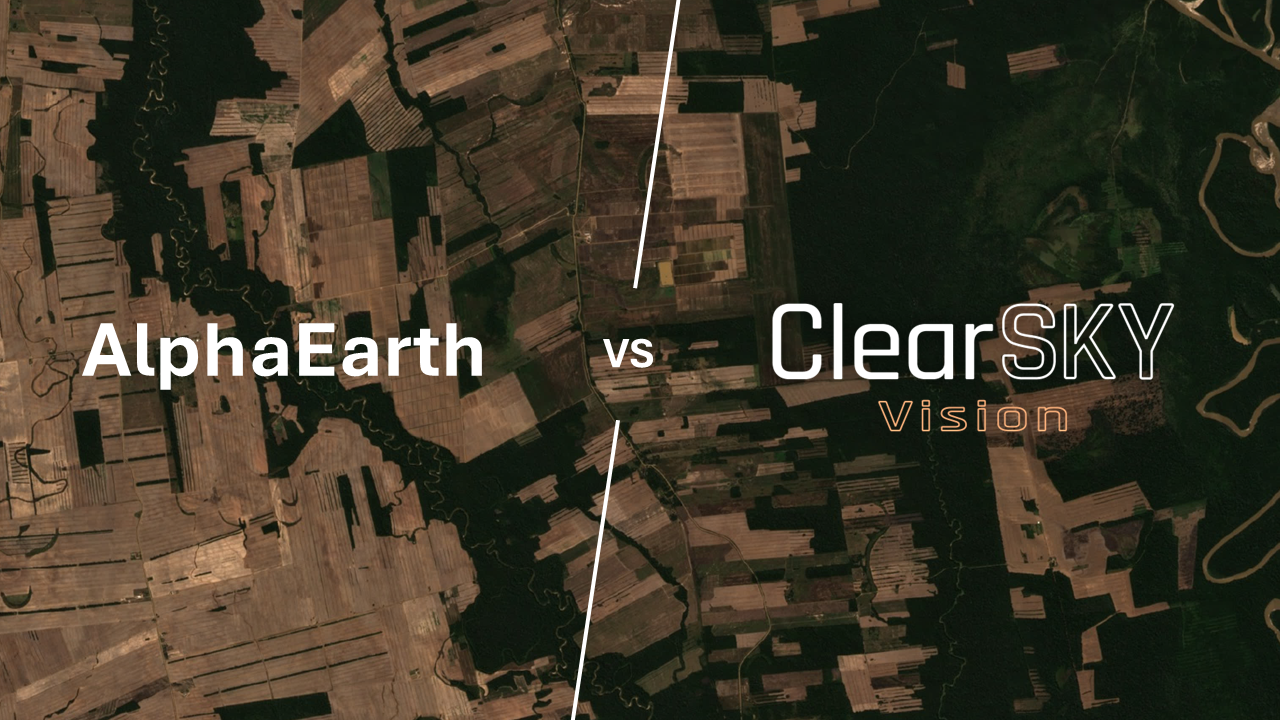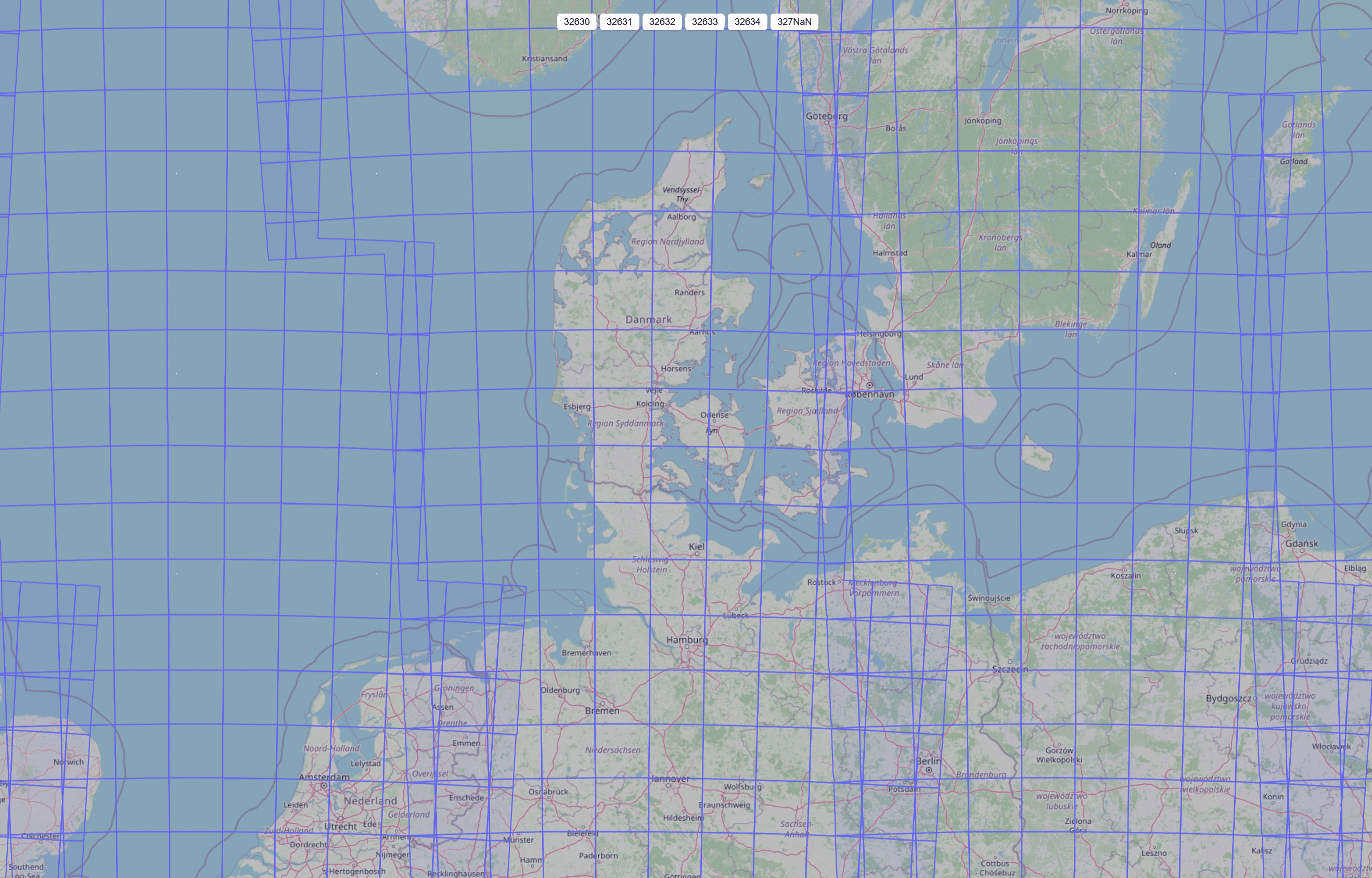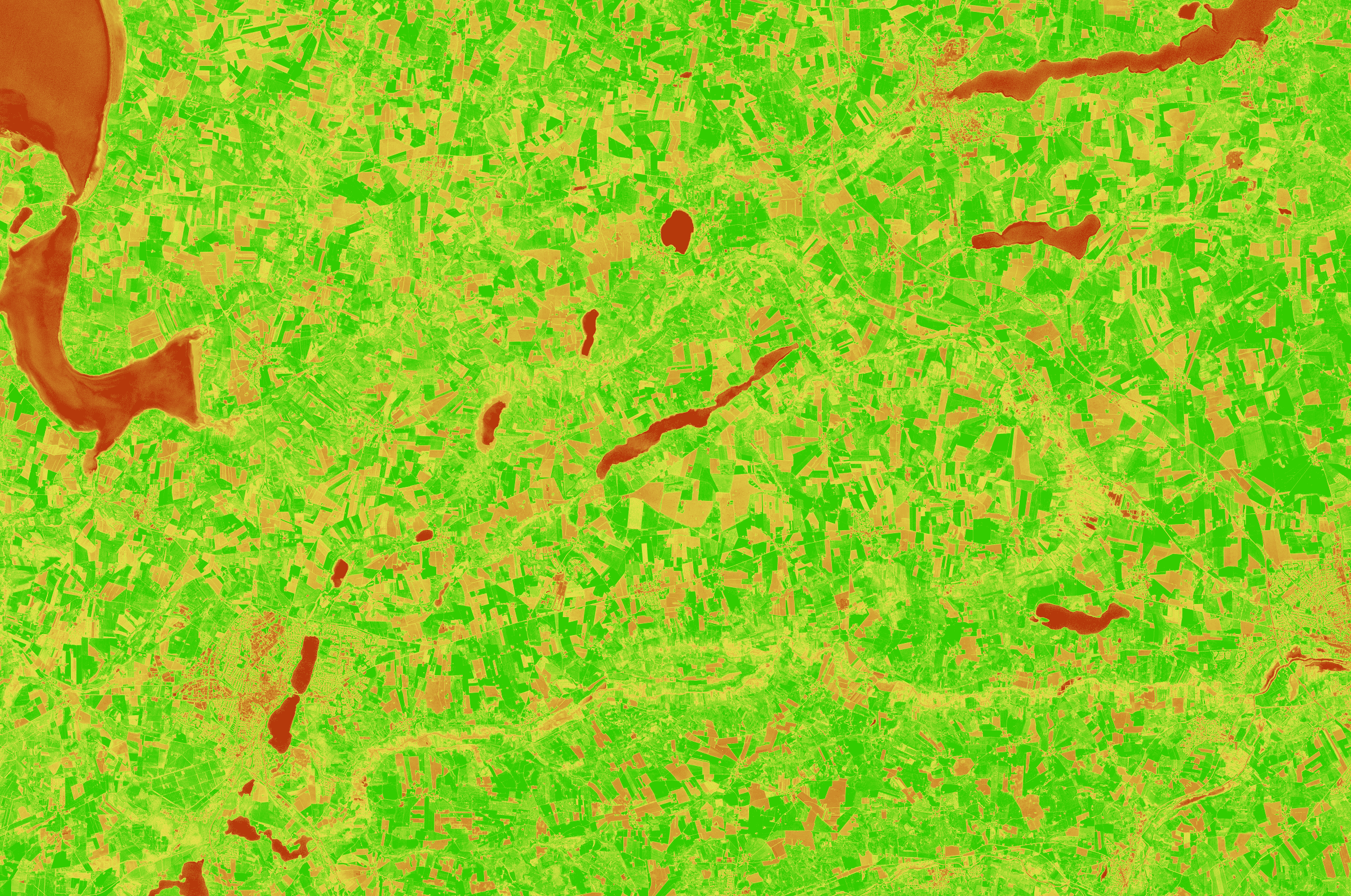Cloud Seasonality Playbook: Best Months for Your Region and How to Plan Requests
2025-08-11 · 5 min read · Cloud-free · Cloud · Sentinel-2

TL;DR: Clouds follow strong seasonal patterns tied to the migration of the tropical rain belt, monsoons, and storm tracks. Use dry-season windows for cloudless basemaps and target shoulder or clear months for cloud-free daily snapshots. Back your choices with global cloud climatologies so your timing is by design, not luck.
Why seasonality matters
Clouds do not arrive at random. They shift with the Intertropical Convergence Zone, with monsoon onsets and retreats, and with winter storm tracks in the mid latitudes. If you align requests with these rhythms, you spend less time waiting for clear scenes and you avoid mosaics that dilute time meaning. A good playbook starts with a global view and adds the regional monsoon clocks.
Read more: NASA Earth Observatory, Global Monthly Cloud Fraction (MODIS Terra)
Read more: NASA NEO, Monthly Cloud Fraction dataset
Read more: Copernicus C3S, ERA5 monthly reanalysis overview
Read more: NOAA NCEI, ISCCP cloud climatology
The global pattern in one pass
Near the equator the cloudiest belt follows the sun north and south through the year. Over the continents, this belt is the backbone of the monsoon systems. In the subtropics clearer belts appear in many dryland regions. In the mid latitudes winter brings frequent frontal cloud and summer offers longer clear spells, broken by local convection. These patterns are visible on monthly cloud fraction maps built from two decades of MODIS observations and in multi decadal reanalyses such as ERA5, which provide monthly mean total cloud cover fields suitable for planning windows.
Regional clocks you can trust
South Asia. The summer monsoon dominates from June through September. Expect persistent cloud during this core period and plan cloudless basemaps for the post monsoon and winter months from November to February, with pre monsoon heat and haze in April to May.
Read more: IMD seasons, Government of India
Read more: NOAA CPC, South Asian Monsoon Index
Southeast Asia. The tropical rain belt and the Asian monsoon bring rainy summers and drier winters for much of mainland Southeast Asia. Many countries have a clearer window from November to February, with wet months from May or June into October.
Read more: NOAA Climate.gov, Southeast Asia seasonality context
West Africa and the Sahel. The West African monsoon advances north in boreal summer. Most Sahel rainfall arrives June to September, which is also the cloudiest time. Clearer skies return from November to April.
Read more: NOAA CPC, Sahel rainy season
Read more: West African Monsoon overview
Amazon Basin. Seasonality differs north and south of the equator. North of the equator the rainy season peaks roughly June to August. South of the equator it typically runs from about October or November through March to May. The forest helps trigger its own wet season in the south, which shifts planning windows.
Read more: NASA EO, Initiation of rainy season in the southern Amazon
Read more: NASA EO, The Amazon’s Seasonal Secret
Europe. Cloud cover is highest in winter with frequent Atlantic systems and lowest in summer, with strong gradients from the cloudy north and northwest to the clearer Mediterranean.
Read more: DWD, European cloud cover climatology
Read more: Copernicus, Clouds and solar radiation in Europe
Southern Africa. The rainy season arrives in austral summer from about November to March across much of the interior, with clearer winter months for many agricultural zones.
Read more: NASA Earth Observatory, Monthly Cloud Fraction
Australia and Indonesia. Northern Australia and much of Indonesia follow an austral and equatorial monsoon rhythm, with wetter months around November to March in the south and more complex, region dependent seasonality across the archipelago.
Read more: ASMC, ASEAN Seasonal Outlook
These are broad patterns. Local terrain, land sea contrasts, and ENSO phases can shift timing and intensity. Always check the monthly maps before fixed date campaigns.
How to plan requests
Start by separating two goals. A cloudless basemap is a seasonal layer for digitizing and background context. Choose a dry season window of one to three months that balances completeness and temporal realism. A cloud free daily snapshot is an image tied to a specific date for events and decisions. Book these during shoulder or clearer months around your region’s dry season, and expect hit rates to fall in the peak rainy months. For equatorial regions split by the ITCZ migration, treat the northern and southern halves separately to avoid mixing very different seasons in one mosaic. If your area crosses climate zones or major coast to interior gradients, consider separate basemaps with clear captions that state the window used.
If you operate in regions with long cloudy seasons, organize rolling schedules. Build a single seasonal basemap early in the dry season. Then plan a weekly or biweekly series of cloud free attempts during the transition months when operations pick up. This keeps daily decisions anchored to real dates and avoids leaning on long windows that tell a visually clean but temporally ambiguous story.
ClearSKY in practice
You can time requests to your season, but you do not have to. ClearSKY can produce historical composites and new daily products quickly, so planning overhead is low. Order when you need data and receive it later the same day in most cases. This supports flexible operations and short decision cycles. Subscriptions are month to month with no forced long term commitment, you can cancel at the end of any month. If you want a seasonal cloudless basemap, request a multi week window for your AOI and choose your projection. If you want cloud free daily snapshots, give us a nominal date and we will return a same day composite without future pixels. If you need indices with the delivery, include them in Bandnames so NDVI and related layers arrive alongside the multispectral bands at no additional cost.


